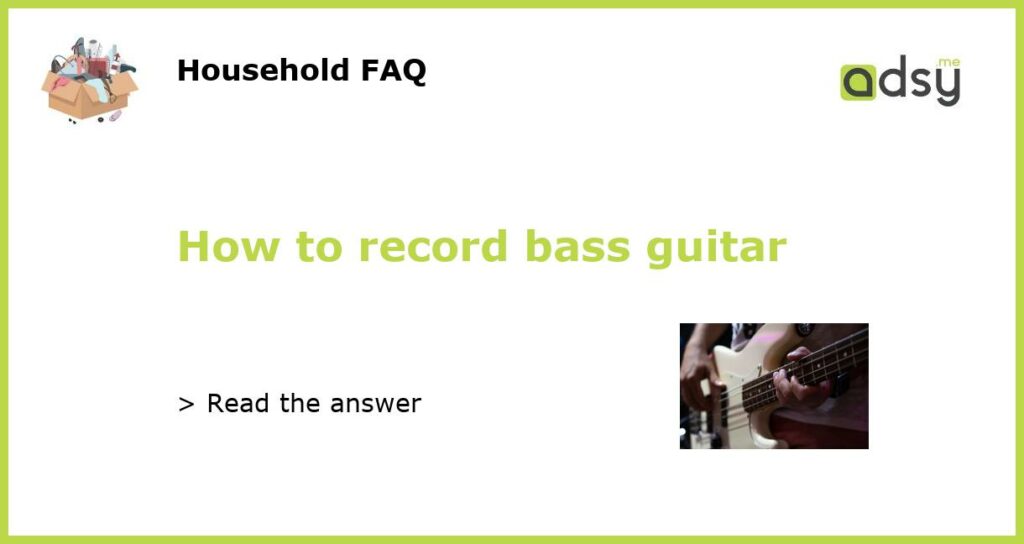Understanding the Basics of Recording Bass Guitar
If you’re a bassist, you know that recording your bass guitar isn’t just about plugging it into an amp and hitting record. There are many different techniques and tools you can use to capture the perfect sound for your recordings. Here are some tips to help you record your bass guitar:
Use the Right Equipment
The first step to recording bass guitar is using the right equipment. You need a good quality bass guitar, a bass amp, and a microphone. You can either mic up your amp or plug your bass into a preamp or DI box and then into your audio interface. You can also use amp modeling software to get the sound you want.
Find the Right Tone
Before you start recording, it’s important to find the right tone for your bass guitar. Experiment with different amp settings, EQ settings, and effects until you find the sound you want. Use headphones to monitor the mix and make sure the bass is balanced with the rest of the tracks.
Experiment with Mic Placement
If you’re recording your bass amp, experiment with different mic placements. Try placing the microphone close to the amp to capture more of the low end or further away for a brighter sound. You can also try using multiple mics to capture different frequencies and blend them together in the mix.
Consider Using Direct Input
If you don’t have access to a bass amp or want a more consistent sound, consider using direct input. This involves plugging your bass into a preamp or DI box and then into your audio interface. You can then apply effects and amp modeling software to get the sound you want.
These are just a few tips to help you record your bass guitar. Remember to experiment with different techniques and equipment to find the sound you want. Whether you’re recording at home or in a professional studio, the key is to be patient and take the time to get it right.






